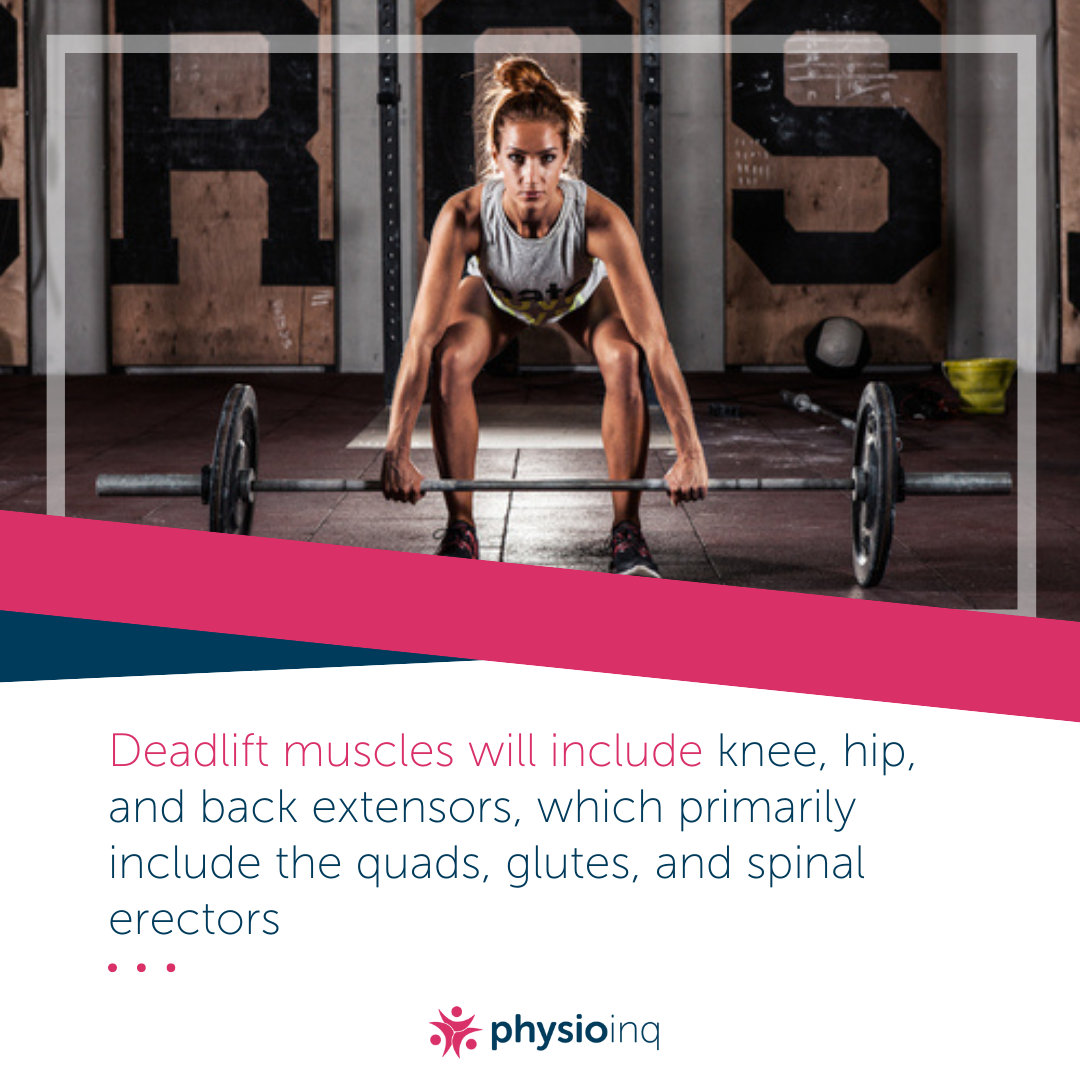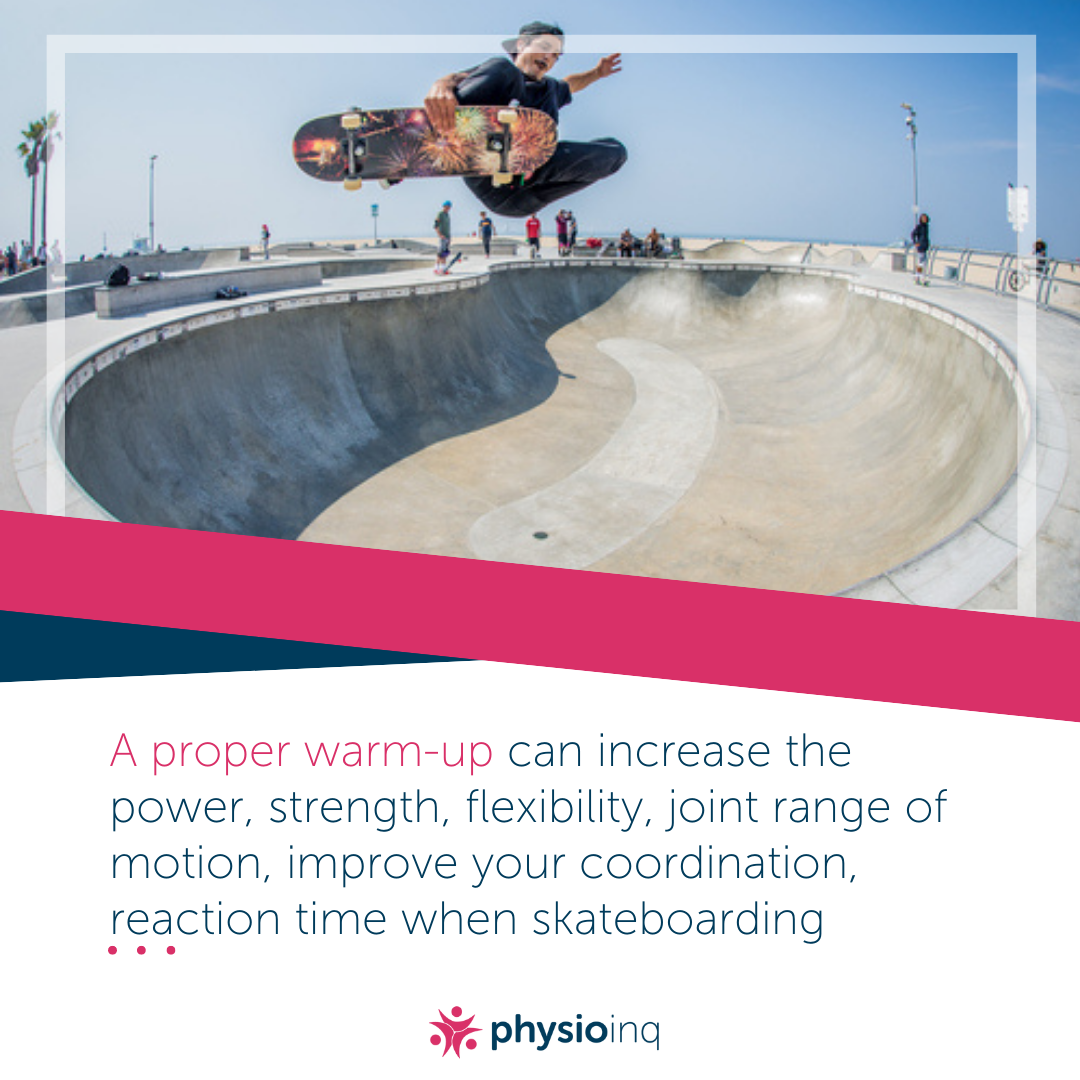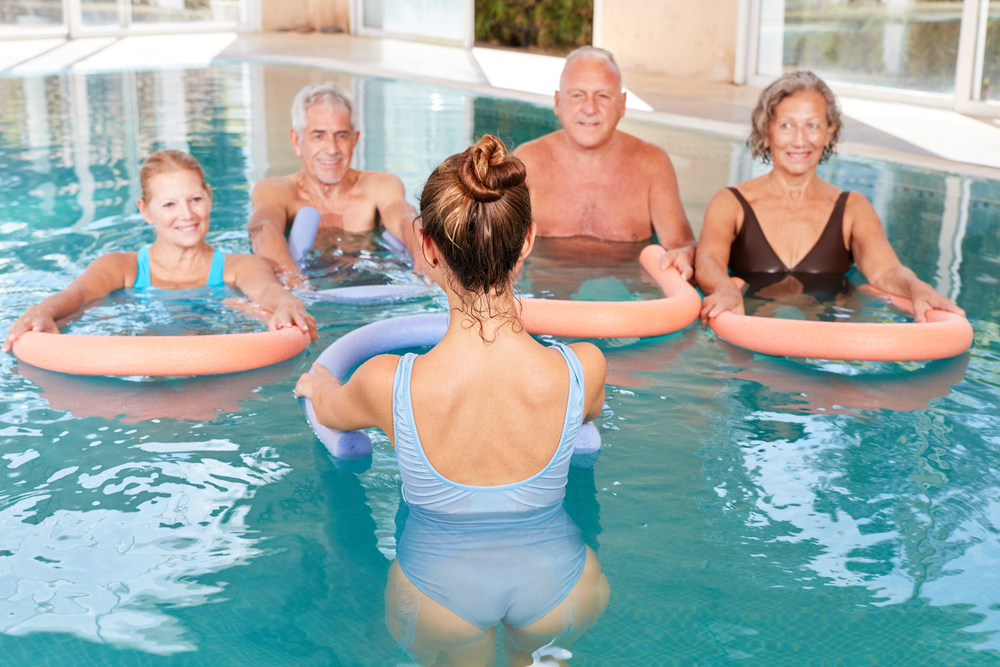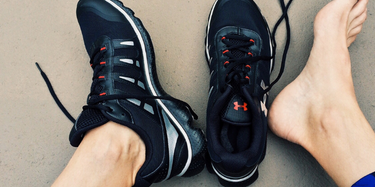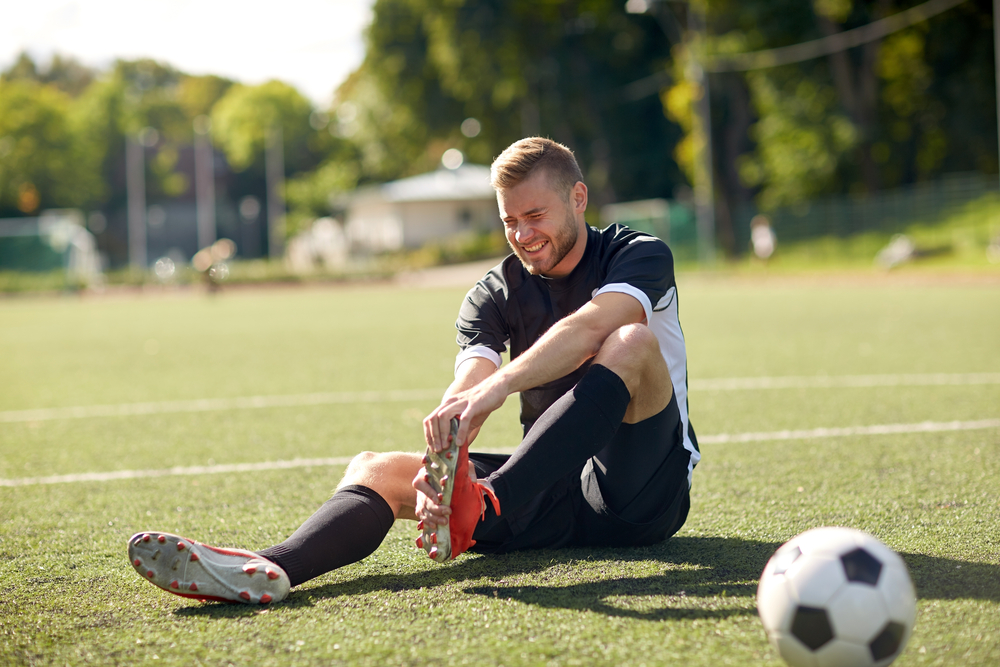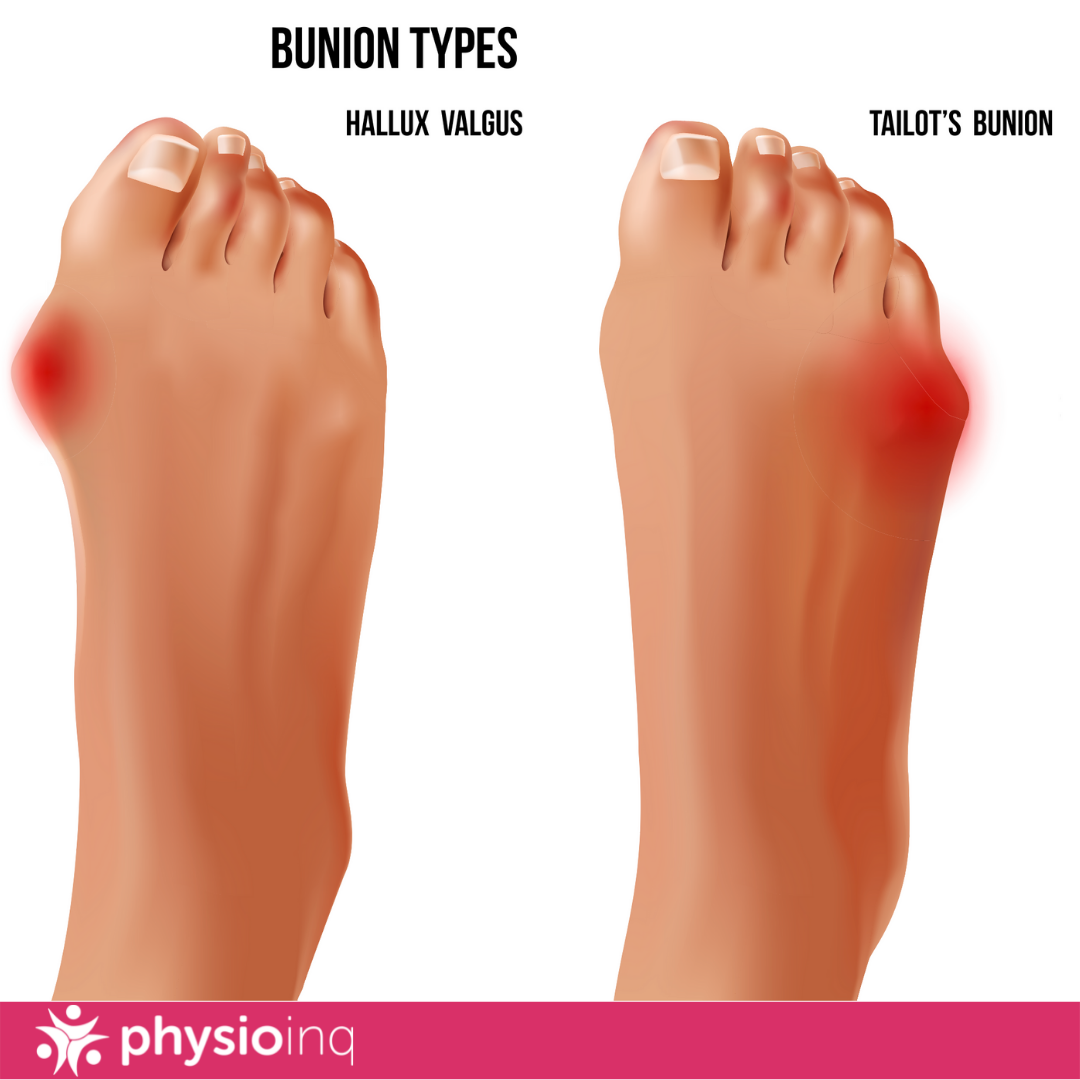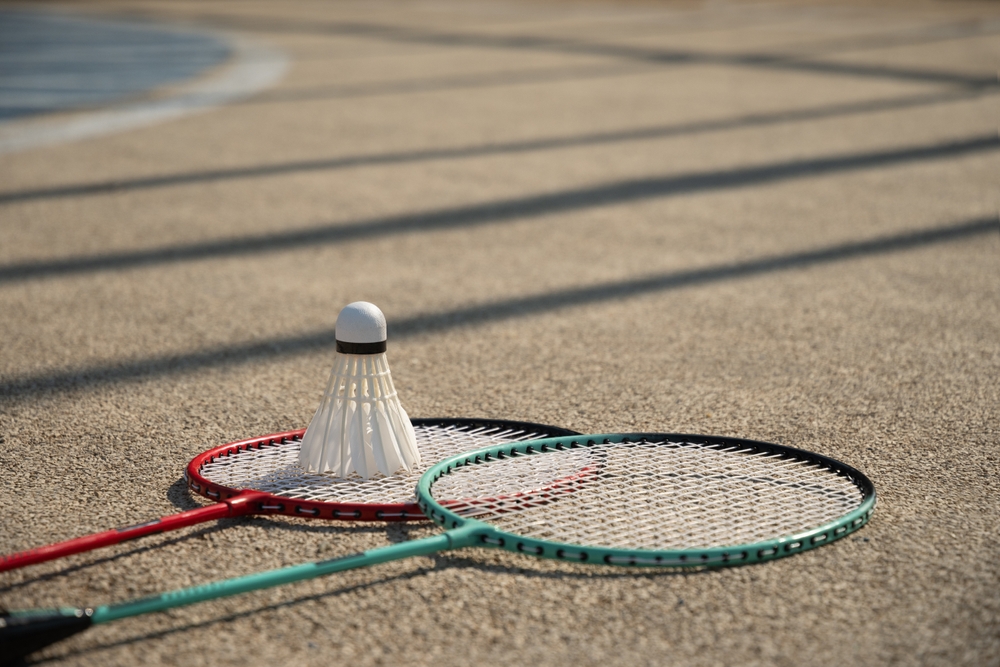Make an Appointment
Alterations to your running technique can give a big return on the amount of effort needed if you take care to practice them over time.
Whether you find yourself puffed within 30 seconds of starting a run or you’re ready to take your running routine to the next level, there are ways to conserve energy during your run and learn how to improve running technique.
So, without further ado, let’s begin.

What is a Good Running Technique? (Beginner Runners)
For anyone looking for tips on how to improve running technique, whether you’ve never had a running routine, or you simply want to take your runs to the next level, it’s important that you know the proper running technique.
Some tips for good running techniques include:
- Start with proper gear
- Always warm-up and cool down
- Land with control
- Take shorter strides
- Alternate between walking and running
- Avoid slumping your shoulders
- Don’t twist your torso as you run
- Keep arms, hands, neck and shoulders relaxed
- Cross-train with core-strengthening exercises
Start with Proper Gear
Shoes are the most important gear you’ll need for good running technique. Get fitted at a sports shoe store and if you’re serious about running, you’ll definitely want to invest in high-quality running shoes.
You’ll also want proper socks that aren’t those trendy ankle socks that fall down and won’t offer any extra support.
Women may also want to make sure they have a proper sports bra for a run. Not to mention, breathable athletic clothes and sun protection are smart for runners of all kinds.
Always Warm-Up and Cool Down
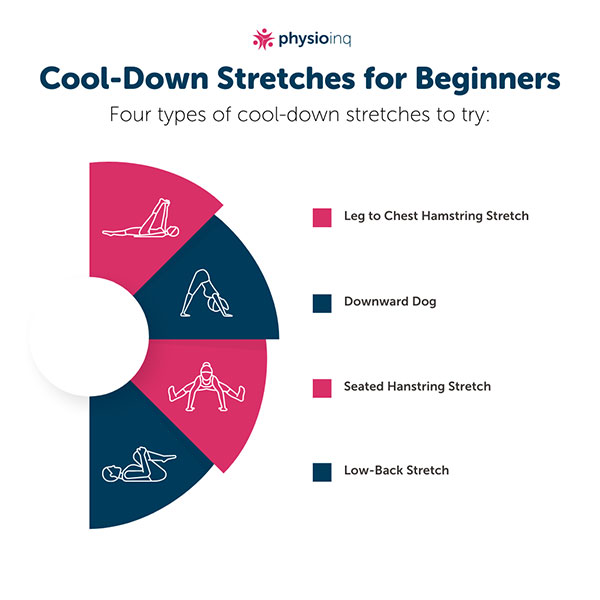
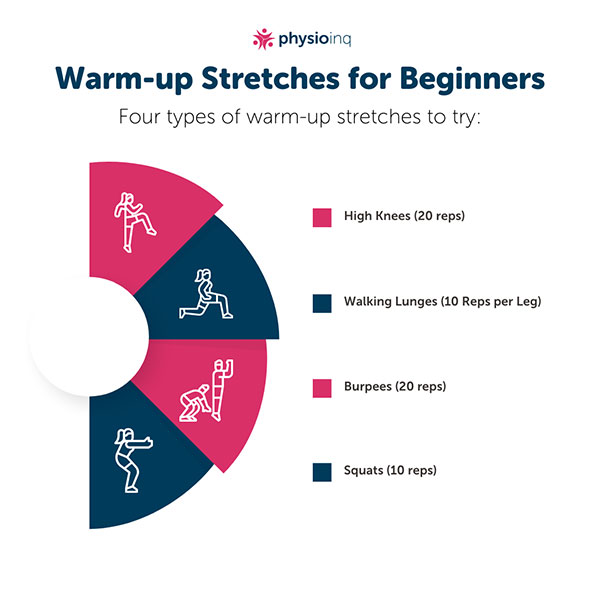
Once you have the proper gear, make sure you warm up before you run. This means performing some dynamic stretches like squats, star jumps, or walking lunges. This will help to gently activate the muscles you’ll use during your run while slowly increasing your heart rate.
After a run, you’ll want to cool down by doing some static stretches like forward-folds, low lunge stretches, and calf stretches.
For help figuring out how to properly warm up and cool down for good running technique, book an appointment with a sports physiotherapist.
Land with Control
Once you start your run, you’ll want to make sure you’re landing with control on each stride. In other words, you’ll want your core to stay activated so that you’re not dumping all your weight into your lower legs and feet.
Stay light on your feet to land with control either striking evenly across you’re whole foot or with a forefoot stride if you have any lower leg injuries.
In most cases, you’ll want to avoid striking with the heel first and aim to have a controlled landing on your mid-foot.
Take Shorter Strides
It’ll be easier to land with control if you aim to take shorter strides. For beginners looking for how to improve running technique, your foot should land directly under your knee while running, not too far out in front.
It might feel like you’re taking tiny steps to do this properly but keeping your lower body safely underneath you will help in conserving energy and is generally safer for your joints as it allows for better posture.
Alternate Between Walking and Running
At the start, it’s going to feel incredibly difficult to run for an extended period of time without being completely puffed. Most beginners won’t be able to run for more than a minute at a time.
But don’t let that discourage you. Start by alternating between one minute of walking and one minute of running. Then, you can gradually adjust the intervals to run more than you walk. And soon, you’ll be able to run without stopping.
Remember, there’s no shame in walking as a beginner to cardio exercise.
Avoid Slumping Your Shoulders
Good posture is an important part of understanding what is a good running technique to not only help prevent injuries but also to conserve energy.
Your body is built to balance itself so long as you have good posture. So, while it’s tempting to look down at your feet while you run, keep your eyes forward and maintain an upright posture.
Don’t Twist Your Torso
Another common running mistake beginners make is twisting their torso as they run, expelling valuable energy. So, to combat this, think about where your zipper falls on a jumper, right through the centre line of your body.
As you run, if your hands cross your zipper line, that’s a sign that you’re twisting too much. Instead, think about keeping your arms further out at your sides as if you’re reaching towards your back pockets as your arms swing back and forth.
Keep Arms, Hands, Neck and Shoulders Relaxed
Clenched hands can cause tension all the way up through your arm and into your shoulders and neck. This is a problem because tension makes our hearts work harder which means you’re expending more energy than you need to during your run.
Drop your arms and shake your hands every 100 metres or so until you get used to staying relaxed during your run. Keep your core engaged so that you can effectively “turn off” your upper body during a run.
Cross-Train with Core-Strengthening Exercises
Speaking of your core, core strength will help you a lot towards proper running technique and reducing unnecessary energy expenditure.
So, if you want to get better at running, cross-train with core-strengthening exercises. To learn how, speak with a sports physiotherapist who can help you create a personalised training plan.
How to Run Property- Breathing Technique
The final piece to the puzzle of proper running technique comes down to your breathing. Focusing on your breathing will help to provide your muscles with the oxygen it needs to perform at their best.
First, you might try to coordinate your breathing with your strides, perhaps exhaling every four strides. But make sure you pick a pattern that works for you and your fitness level.
You might also try focusing on the exhale by pushing out the air through your mouth and naturally breathing through your nose.
Another tip to practice healthy breathing techniques while running is to avoid wearing headphones.
To truly understand how to breathe while running, we need to pay attention to the feedback our bodies give us. Shallow, mouth-breathing for example isn’t the healthiest way to breathe and we need to be able to hear ourselves breathe to learn how to do it properly.
So, skip the music or podcasts and truly focus on your breathing. You might find that an amazing meditative experience is waiting for you.
Perfecting this basic running technique will give you the strong foundation you need to develop a reliable, long-term winning style!
Date Published: Thursday, December 9, 2021
Locate a Mobile Physiotherapy
Service Near me
Get the experience & convinence you deserve to support your or a loved one's allied health needs.
Our Mobile Physiotherapy team are currently serving & taking appointments in the following states and regions in Australia:
Need to get into direct contact with ur Client Services team? We're all ears. Call our team directly on 1300 731 733


